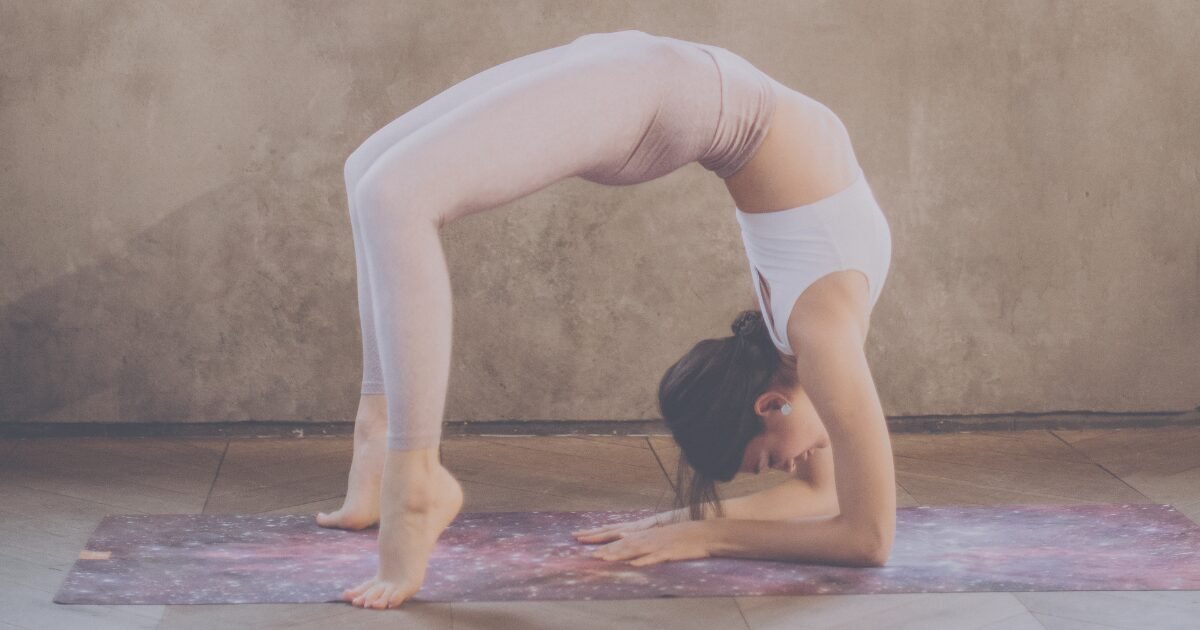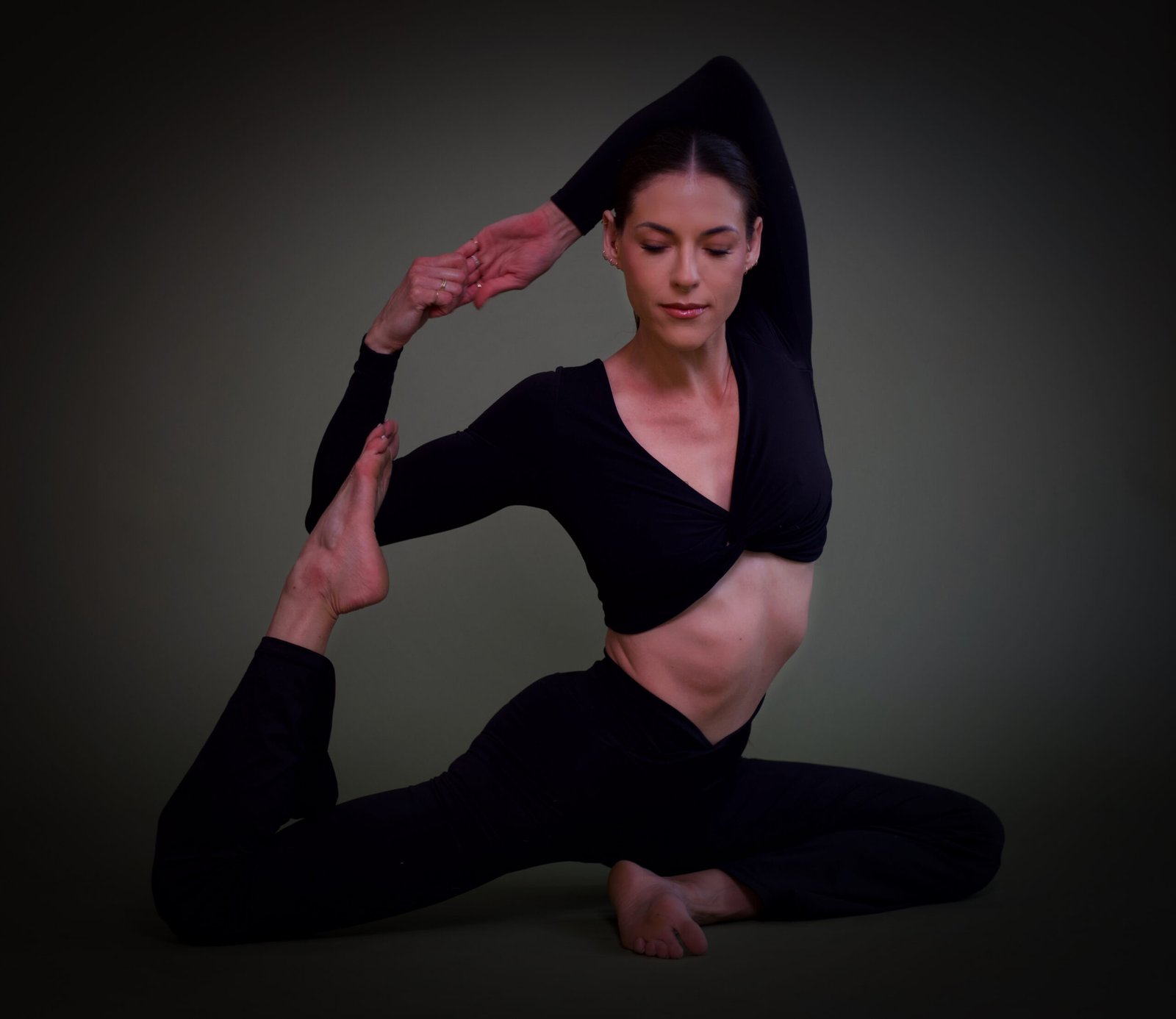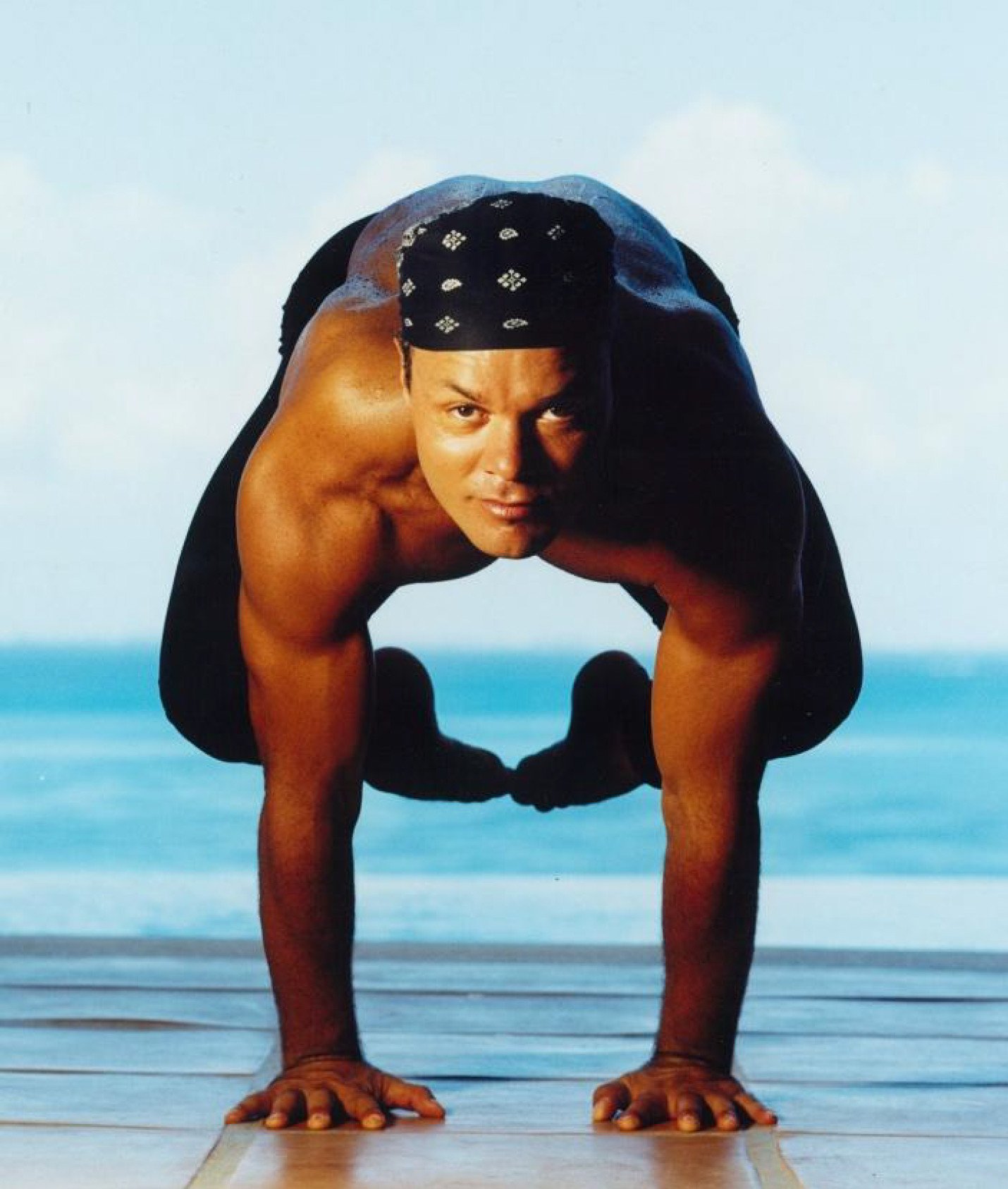
Power Yoga: Strength, Flow, and Full-Body Activation
A vigorous, fitness-based approach that builds strength, endurance, and flexibility through dynamic flow—incorporating elements of Ashtanga for a challenging full-body workout.

Description
Power Yoga is a vigorous, fitness-based approach that builds strength, endurance, and flexibility through a dynamic flow of postures, incorporating elements of Ashtanga in a less rigid format, emphasizing continuous movement, core engagement, and cardiovascular conditioning for a challenging full-body workout.
Overview
- STYLE | Strong, athletic, and flowing; rooted in Ashtanga but with creative flexibility
- STRUCTURE | Dynamic sequence of postures often designed to build heat and intensity; no fixed series
- BREATH | Ujjayi breath is typically used to maintain rhythm, focus, and inner heat
- FLOW | High-energy and continuous; sequences link movement to breath with minimal rest
- PACE | Fast-paced and physically demanding; classes often move briskly from one posture to the next
- FOCUS | Strength, endurance, cardiovascular health, flexibility, and mental resilience
- TEACHER ROLE | Motivating guide and strength coach; provides clear instruction, energy, and encouragement
- VIBE | Energizing, intense, and empowering; often set to upbeat music and infused with motivation
Benefits of Power Yoga
Strong. Centered. Unstoppable.
Builds Total-Body Strength
Power Yoga uses your own body weight for resistance, building balanced strength throughout the entire body.
Boosts Cardiovascular Endurance
Continuous flow keeps your heart pumping while you move mindfully — blending the benefits of yoga and aerobic training.
Increases Mobility and Flexibility
Dynamic sequences warm the body and open tight muscles, expanding range of motion through strength rather than force.
Enhances Core Stability
Nearly every pose engages the midline — improving balance, posture, and overall body control.
Elevates Energy and Mood
The combination of breath, movement, and intensity floods the body with endorphins — leaving you clear, focused, and uplifted.
Builds Mental Resilience
Holding challenging poses teaches how to stay centered under pressure — cultivating calm within intensity.
Discover all 12 transformative benefits of Power Yoga
Explore All 12 Benefits →Power Yoga: Strength, Flow, and Full-Body Activation
Power Yoga is a modern, dynamic form of yoga designed to offer a full-body workout that challenges both body and mind. Developed in the 1990s by teachers like Bryan Kest and Baron Baptiste, Power Yoga draws inspiration from the Ashtanga Vinyasa system but removes the rigid sequence, creating a more flexible and fitness-forward style.
This practice is ideal for those who want to:
- Build muscle tone and functional strength
- Boost cardiovascular endurance
- Improve flexibility and focus
- Sweat, move, and release energy in an empowering way
While deeply physical, Power Yoga retains the spiritual roots of yoga through breath awareness, presence, and inner discipline.
Origins of Power Yoga
Power Yoga originated as a Western evolution of traditional Ashtanga Yoga, created by teachers who wanted to preserve the intensity and structure of Ashtanga while allowing for more creative sequencing and accessibility.
- Bryan Kest's Power Yoga focused on intuitive movement, strength, and self-awareness
- Baron Baptiste's Baptiste Yoga emphasized transformation, personal empowerment, and community
Today, Power Yoga encompasses a broad spectrum of approaches — from fitness-style classes in gyms to mindful flows in modern yoga studios.

Style and Structure
Style
Power Yoga is:
- Physically rigorous, often incorporating strength-building poses
- Fast-moving and breath-connected, with minimal downtime
- Rooted in Vinyasa, but more athletic and less focused on traditional sequencing
- Typically practiced in a heated or warm room to encourage sweat and detoxification
Structure
Classes often include:
- Breath-centered centering or warm-up
- Sun Salutation variations to build heat
- Strong standing poses (e.g., Warrior series, lunges, chair)
- Core work, arm balances, and inversions
- Backbends, hip openers, and deep stretches
- A short savasana or cool-down at the end
Sequences are adaptable, depending on the teacher's style and the class focus.
Breath and Flow
Breath
Ujjayi breath is typically used throughout to:
- Sustain energy and endurance
- Deepen mental focus and awareness
- Maintain internal heat and flow
Breath control is essential — especially when the body is moving quickly and the heart rate is elevated.
Flow
Flow is:
- Continuous and rhythmic, often with music to drive momentum
- Designed to build progressively toward peak poses
- Less about holding shapes and more about moving with control and strength
- Balanced with moments of pause or stretch, especially in cool-down segments
Pace, Focus, and Teacher Role
Pace
Classes are:
- Fast-paced, especially in flow-based warmups or peak segments
- High-intensity, often mirroring the pacing of a fitness class
- Occasionally interspersed with moments of stillness to deepen or reset
Power Yoga isn't rushed — but it is relentlessly strong and efficient.
Focus
Primary focus includes:
- Strength and endurance (especially in the core, arms, and legs)
- Flexibility, particularly in hips, hamstrings, and shoulders
- Mental toughness and clarity under pressure
- Breath control and body awareness during intense movement
- A sense of empowerment and discipline
Teacher Role
Power Yoga teachers are:
- Energetic, motivational, and precise
- Skilled at cueing alignment, transitions, and pacing
- Often incorporate themes of empowerment, growth, and personal transformation
- Create a fitness-meets-mindfulness environment
- Encourage students to push past limitations with self-respect and intention
Vibe and Community
The vibe in a Power Yoga class is:
- Strong and sweaty, often with upbeat music and group energy
- Driven and motivating, like a movement-based pep talk
- Supportive and inspiring, with room for challenge and triumph
- Less about mysticism, more about personal growth through physical effort
Community is often:
- Athletic, growth-oriented, and dedicated
- Inclusive of those new to yoga through the fitness gateway
- United by the shared challenge of showing up and pushing through

Who Is Power Yoga For?
Ideal for:
Athletes & Fitness Enthusiasts
Looking to deepen flexibility and breath while maintaining intensity.
Flow Lovers
Yogis who enjoy strong, fast-moving flows.
Challenge Seekers
Anyone craving a sweaty, full-body practice with a clear focus.
Discipline Builders
Students who want the discipline of yoga with the intensity of a workout.
Inner Strength Cultivators
Those working on mental fortitude, grit, and inner strength.
May not suit:
- Those with injuries or needing a gentle, slower practice
- Students seeking a more spiritually or philosophically oriented class (though these can be woven in)
Conclusion
Power Yoga is yoga reimagined as full-body empowerment. It's about building heat, strength, and clarity — not just physically, but emotionally and mentally.
This is where breath meets fire, where challenge becomes transformation, and where the mat becomes a training ground for showing up powerfully in your life.
No chanting required — just you, your breath, and the willingness to sweat through the story.
Explore Related Yoga Styles
If you love the athletic edge of Power Yoga but want more tradition and structure, Ashtanga Yoga provides a disciplined series that builds strength and focus. If you crave similar intensity in a heated environment, Hot Yoga offers a fiery and purifying practice. For those who want creative sequencing with less rigidity, Vinyasa Yoga brings freedom and flow. If alignment and mindful detail are important to you, Iyengar Yoga offers precision and clarity. And if balance to the fire is what you need, Yin Yoga provides a cool, meditative counterpoint — inviting surrender, stillness, and deep release.
Each style transforms in its own way, proving that strength is not only built by fire, but also by flow, focus, and surrender.
Share This Article
Find Power Yoga Near You
Top-rated studios and classes in your area

YogaWorks Santa Monica
Premier Power Yoga studio with expert teachers and energizing morning flows. 20+ weekly classes.

CorePower Yoga DTLA
High-energy Power Yoga in a heated room. Build strength and sweat with LA's best instructors.

Vinyasa Yoga: Creative Flow & Dynamic Movement
Discover Vinyasa's creative sequencing and flowing movement. Perfect complement to Power Yoga's structure.
Ready to Commit to Your Practice?
Find experienced Power Yoga teachers and studios near you. Browse verified classes, read reviews, and begin your journey with confidence.